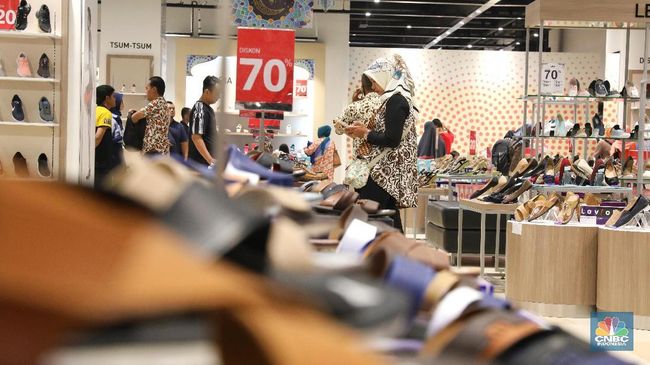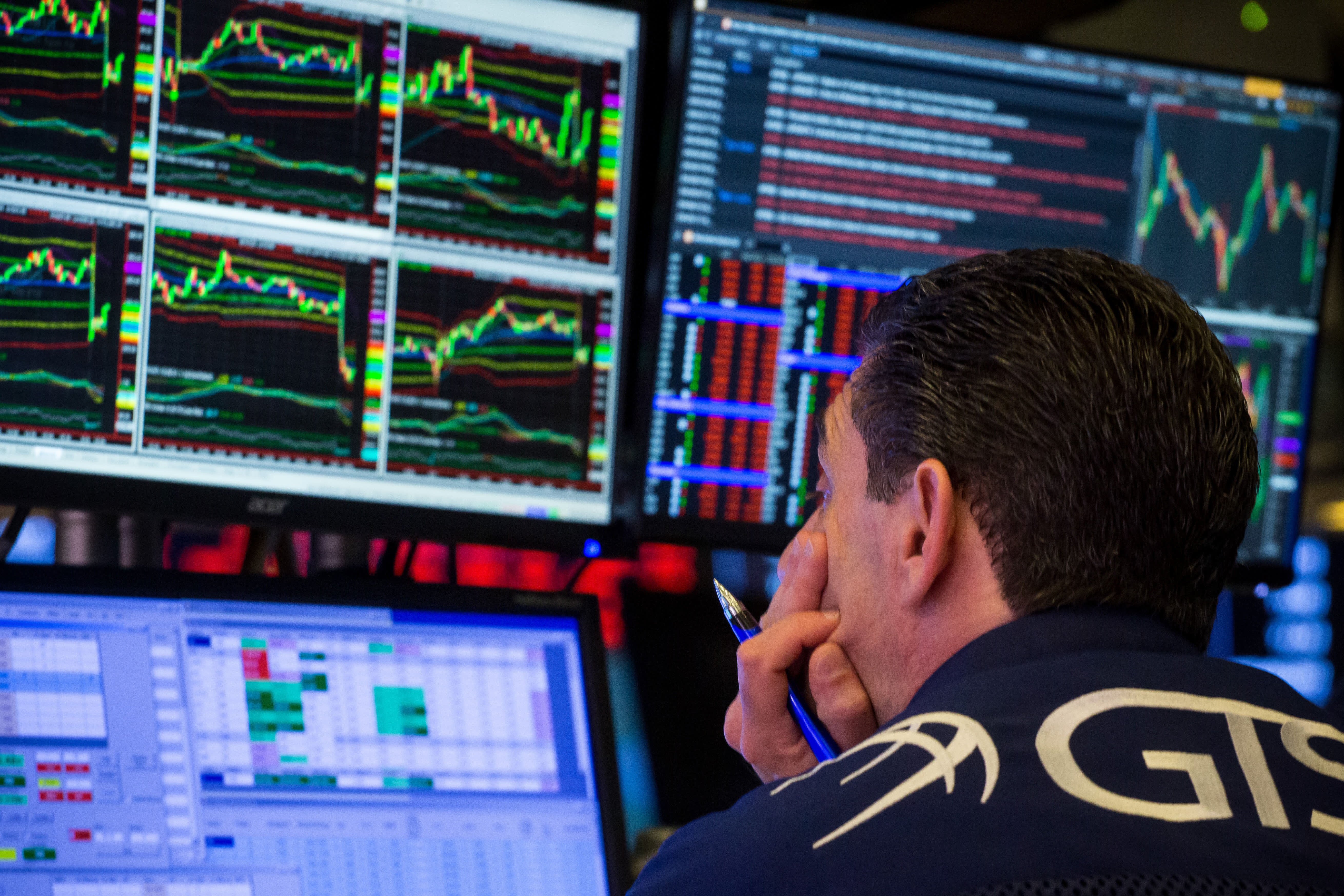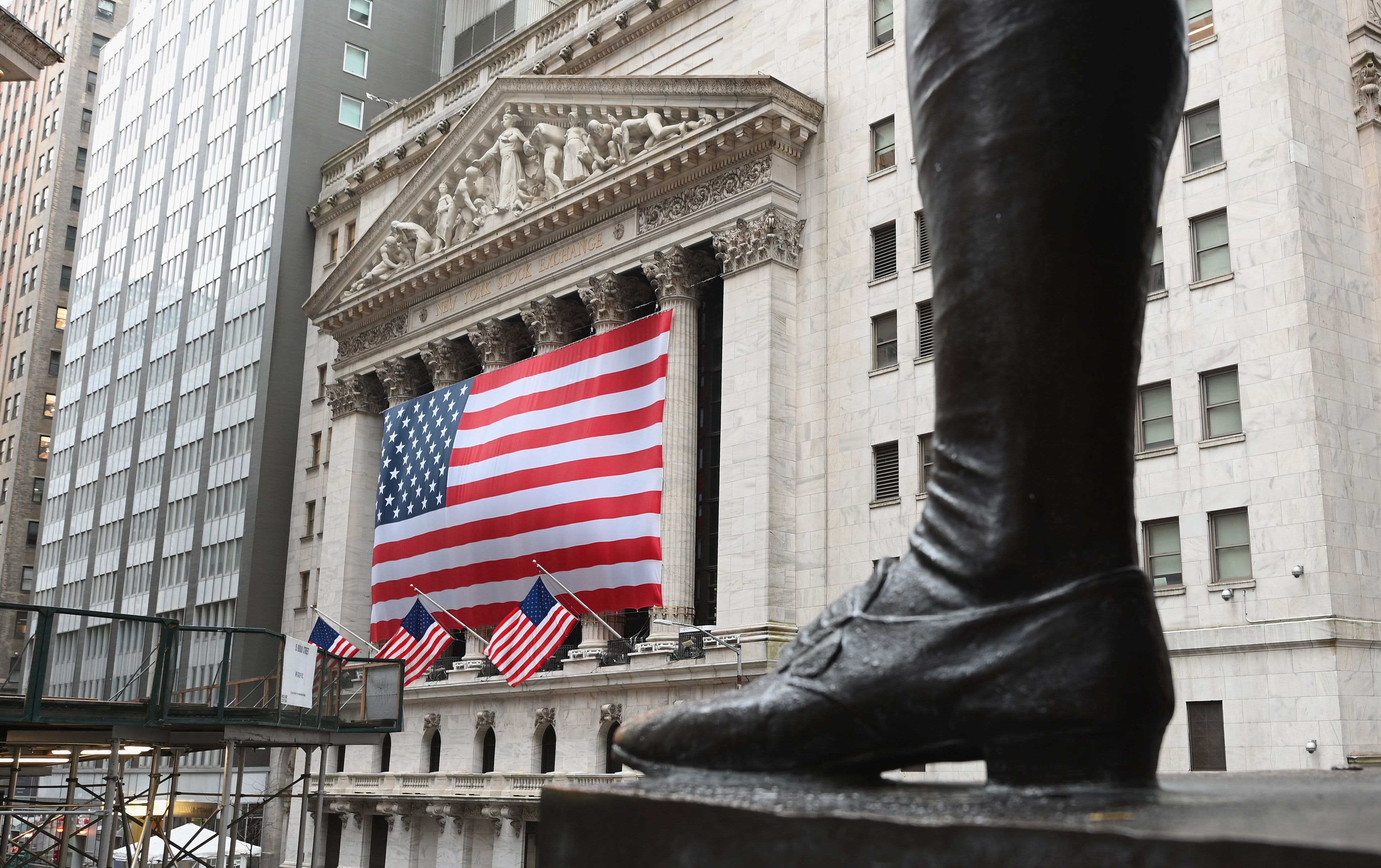Asian markets drift lower on glum investor sentiment.
Markets fell in early Wednesday trading in Asia as investors digested a steady drip of worrying news about the economic ramifications of the global coronavirus outbreak.
Major indexes in Japan, Hong Kong and South Korea were modestly lower midday, as financial markets settled into a slow grind of bad news. While the panic of recent weeks appeared to have subsided, numerous signs pointed to glum prospects for a quick recovery.
After Wall Street’s Tuesday close, President Trump said at a news conference that the United States would face “a very painful, very very painful two weeks.” U.S. government scientists projected that the outbreak could kill up to 240,000 Americans.
Futures markets predicted Europe and the United States would open lower later on Wednesday. Prices for long-term U.S. Treasury bonds, a traditional investment safe haven, rose, as did gold futures. Oil prices were mixed.
By early afternooon, Tokyo’s Nikkei 225 index had slid 1.8 percent and the Hang Seng index in Hong Kong had dropped 0.9 percent. South Korea’s Kospi was down 0.1 percent. Markets in mainland China, which often move at odds with stocks elsewhere, were modestly higher, with the Shanghai Composite index rising 0.4 percent.
Wall Street’s stomach-churning month ends with a drop.
March was a month of head-snapping turns in financial markets: The S&P 500 suffered its worst one-day drop since 1987 before later recording its best three-day run since 1933, oil prices crashed, interest rates plunged and Wall Street’s more esoteric markets seized up.
The roller coaster came as investors found themselves overwhelmed by a shutdown of the world economy. Early in the month, the record-breaking, 11-year bull market ended, and trading was halted more than once to prevent a crash.
An enormous fiscal and policy response at the end of the month helped undo some of the worst of the damage. The S&P 500 recouped more than half of its losses in the final week of the month after lawmakers passed a $2 trillion spending package and the Federal Reserve said it would buy an unlimited amount of government-backed debt to keep markets functioning.

But even as stocks rebounded well off their lowest point, March was the worst month for the S&P 500 since October 2008, when investors feared a collapse of the economy in the wake of the global financial crisis. The S&P 500 fell 12.5 percent this month. The index is down 20 percent so far this year.
On Tuesday, stocks fell 1.6 percent.
Calmer markets do not mean the worst is over. As consumers stay home and factories shut down, millions of workers have lost their jobs. Economic data showing the scale of the damage has only just begun to roll in, and Wall Street analysts continue to downgrade expectations for the economy.
New Japanese data points to growing risk to the country’s economy.
Japan’s factory activity in March slowed to its lowest rate in a decade and its manufacturers are increasingly pessimistic about the state of the country’s economy, data showed on Wednesday, in the latest indications of the pressure that the coronavirus is putting on Japanese businesses.
The country’s economy was already on the brink of a technical recession — two consecutive quarters of contraction — following a 7.1 percent drop in economic output in the final three months of last year.
But a gauge of factory output, known as the purchasing manager’s index, fell to 44.8 in a monthly survey by Jibun Bank and IHS Markit. A reading less than 50 indicates economic contraction.
The reading was the lowest level since 2009, when the country was grappling with the impact of the global financial crisis.
Separately, Japanese manufacturers’ concerns about the course of the economy over the coming three months have sharpened dramatically, turning negative for the first time since 2011, in the aftermath of the Fukushima nuclear disaster, according to a central bank survey of business conditions, known as the Tankan, that was released on Wednesday.
So far, Japan has managed to limit the spread of the coronavirus without resorting to the kinds of strict measures that have caused widespread economic shutdowns in the United States, China and Europe.
But plummeting demand from those areas and disruptions to global supply chains have nevertheless driven Japanese manufacturers to cut back production.
The Japanese automaker Subaru announced on Wednesday it was temporarily suspending activity in some of its factories at home and in the United States. The announcement followed similar decisions by other automakers, including Toyota, which announced last month that it would pause work at some domestic facilities.
Public health officials pushed airlines to collect passenger data. They refused.
For 15 years, the U.S. government has been pressing airlines to prepare for a possible pandemic by collecting passengers’ contact information so that public health authorities could track down people exposed to a contagious virus.
The airlines have repeatedly refused, even this month as the coronavirus proliferated across the United States. Now the country is paying a price.
As the coronavirus spread into the United States earlier this year, the federal government was not able to get in touch with or monitor airline passengers who might have been exposed to the disease or were bringing it into new communities.
Airline executives and lobbyists have protested that it would be expensive and time-consuming for them to start collecting basic information like email addresses and phone numbers for all passengers.
Reporting was contributed by Ben Dooley, Carlos Tejada and Daniel Victor.
"Market" - Google News
April 01, 2020 at 12:30PM
https://ift.tt/33Z7hqq
Stock Markets in Asia Dip on Dire U.S. Warning: Live Updates - The New York Times
"Market" - Google News
https://ift.tt/2Yge9gs
Shoes Man Tutorial
Pos News Update
Meme Update
Korean Entertainment News
Japan News Update











/cloudfront-us-east-1.images.arcpublishing.com/bostonglobe/VNG7YMZTRWJ5WBFTJ5NVETPCQI.jpg)